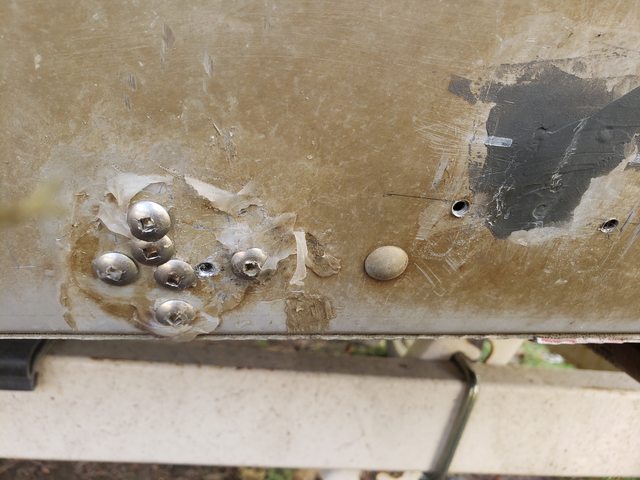Thanks guys, you've convinced me, I think I'll bring it to my local welder. Do it once, do it right. I'll see if I can come up with a couple other small things for him to do to make it a worthwhile trip.
I knew the JB weld would work and if it was just a temporary fix, or in an out of the way spot, I'd probably do that but since this area isn't going to be painted I think I'll have a proper weld done on it. Save me trying to Braze it and possibly make things worse. I'll do some practice brazing on a different project or on a couple of the interior bench holes that if I screw up, aren't an issue. I'd prefer not to do my first brazing job on all that, near the seam, below the waterline!
I appreciate the feedback guys.

















































